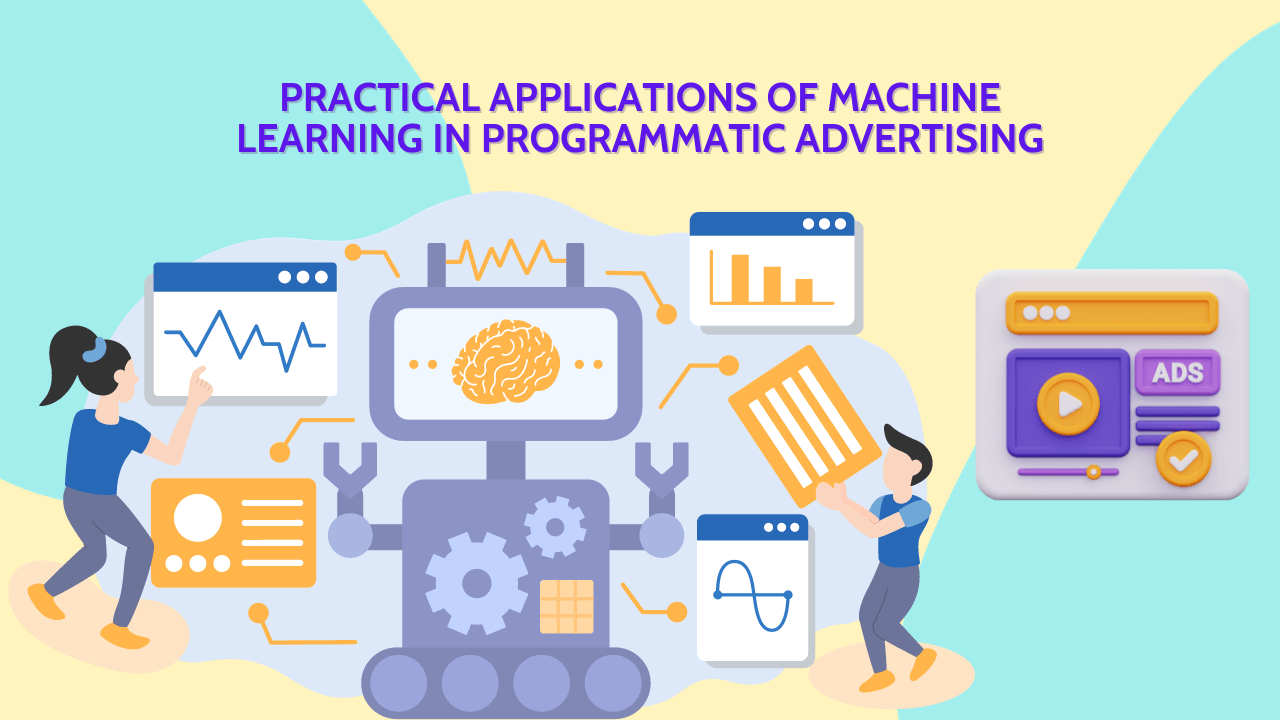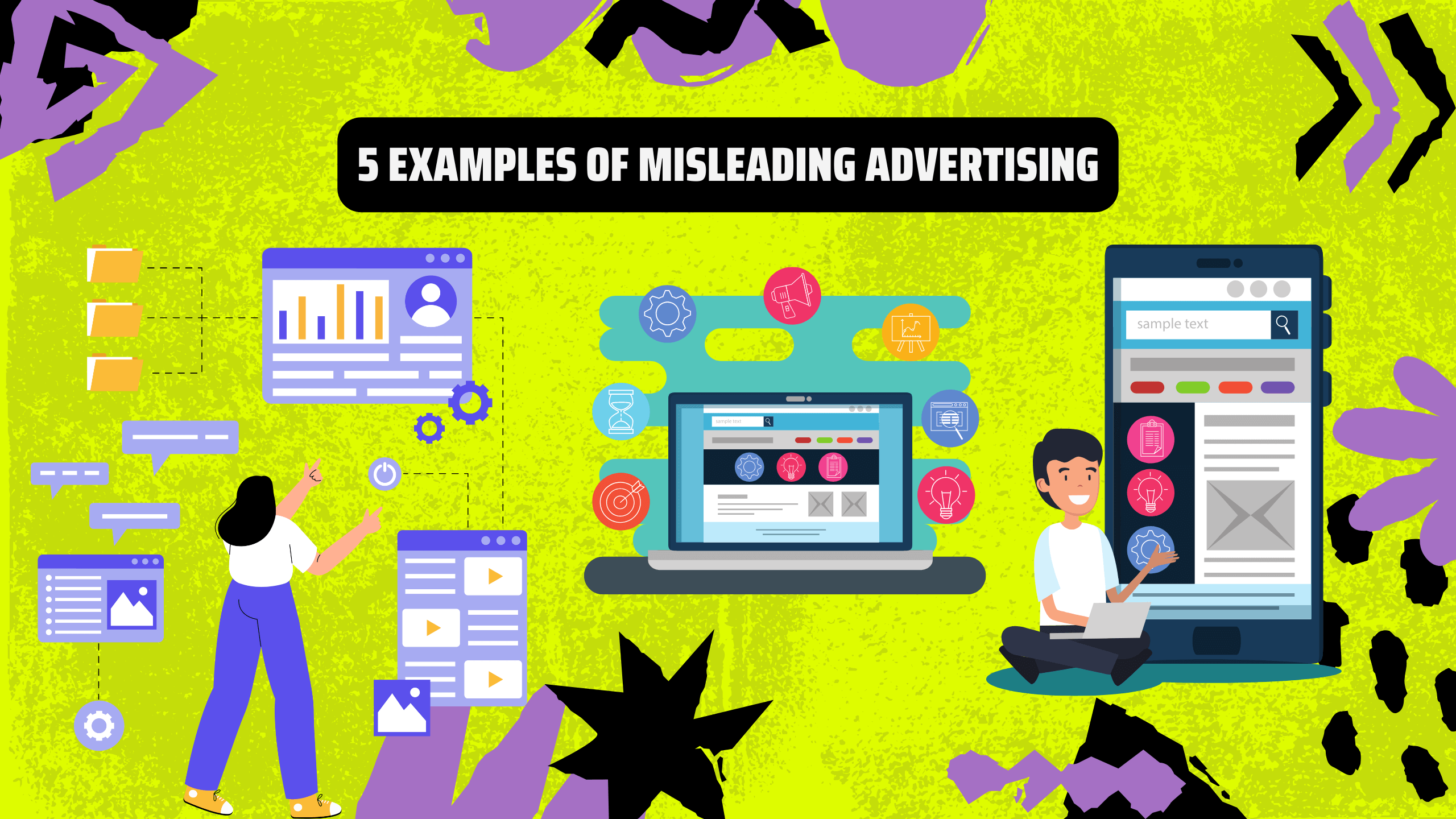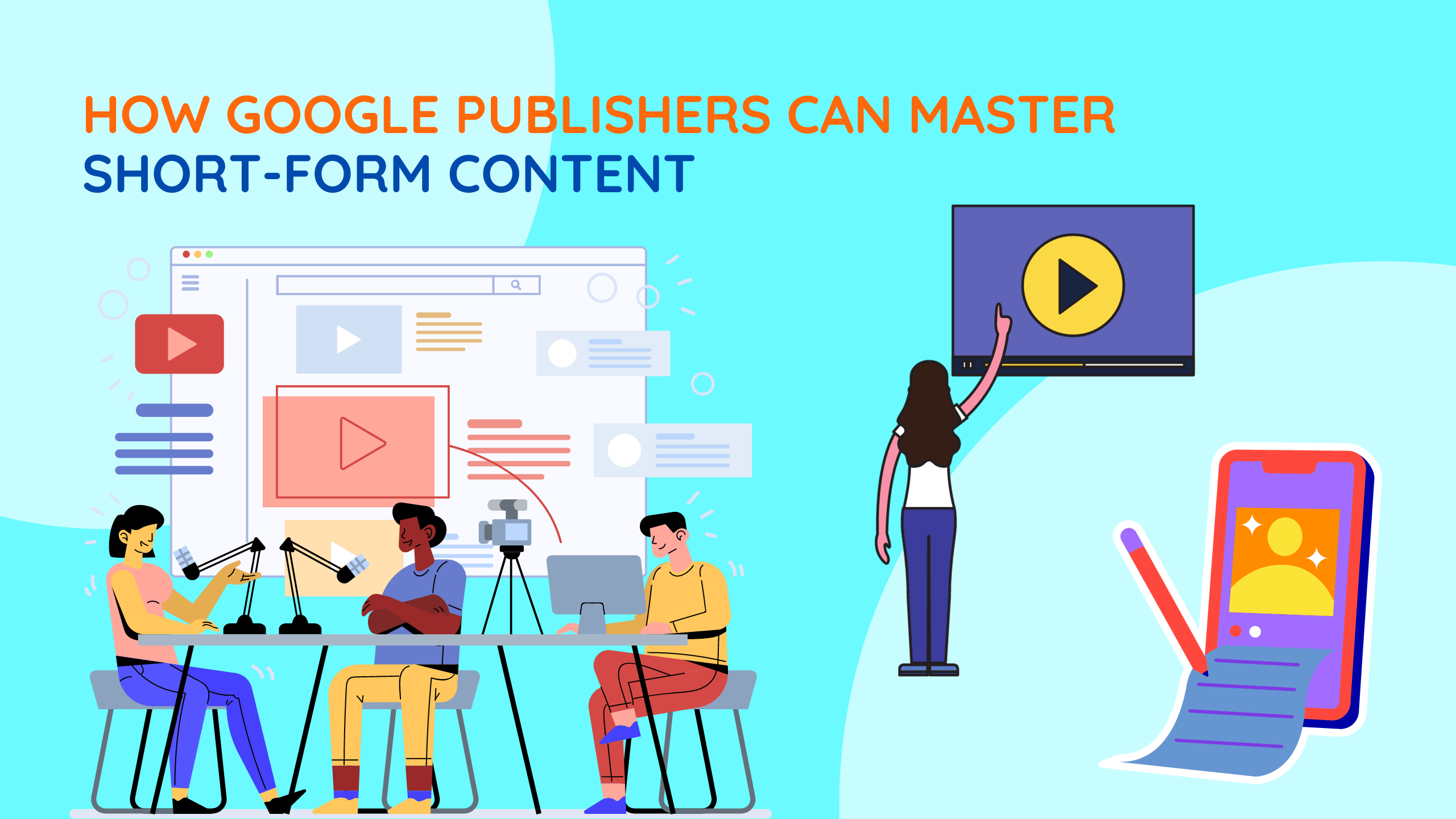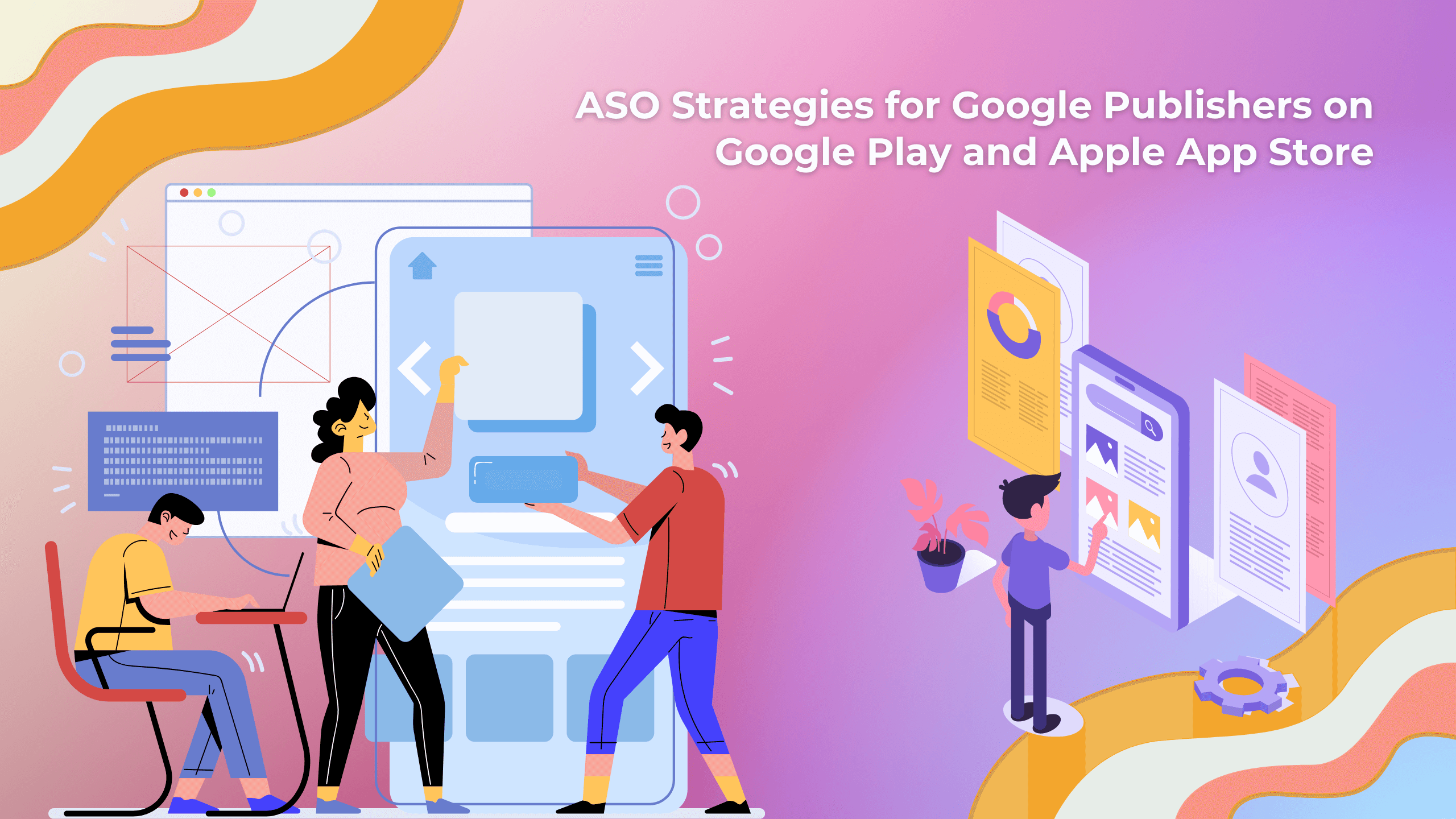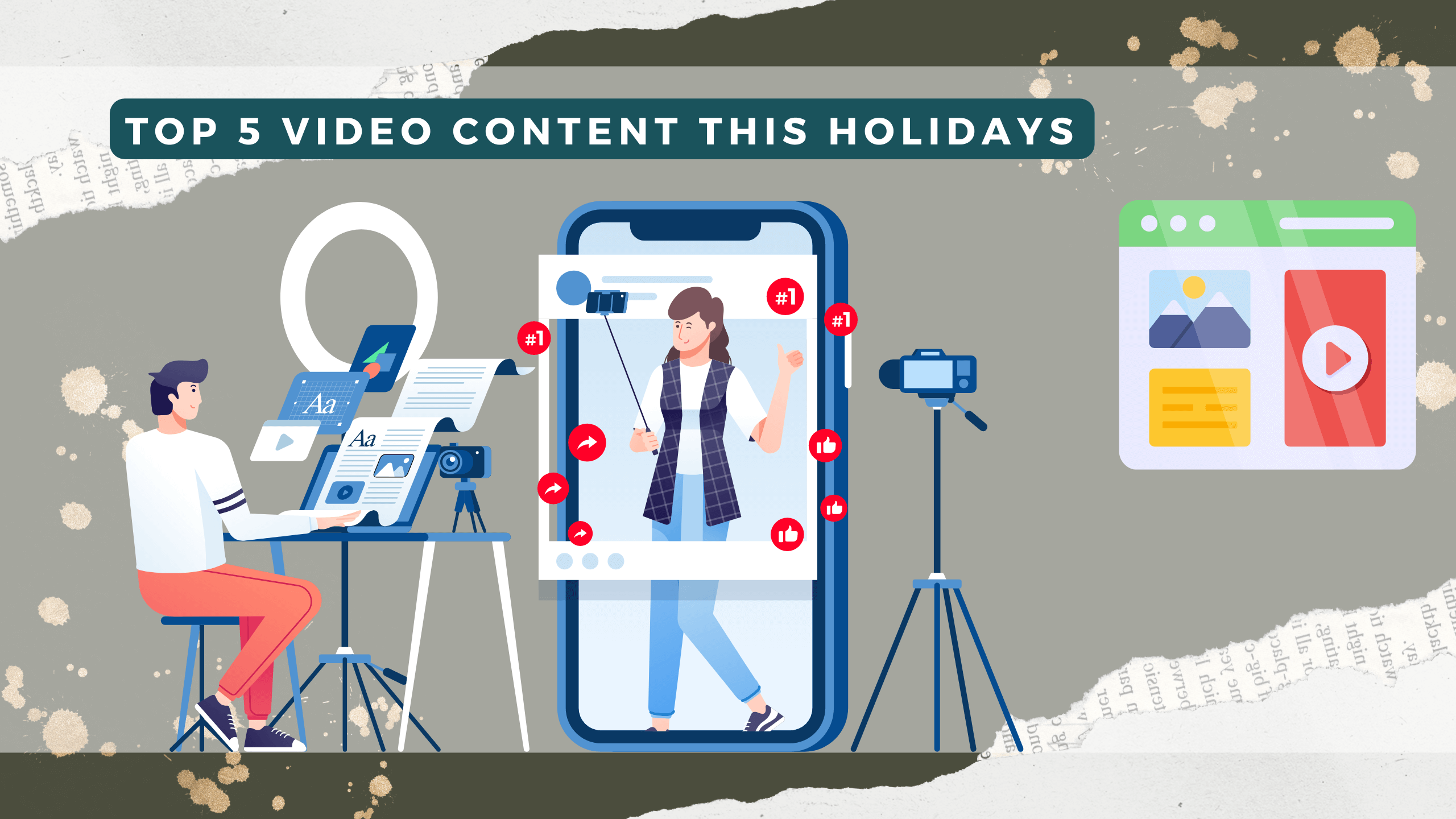Machine learning (ML) is rapidly revolutionizing the world of programmatic advertising, empowering publishers, advertisers, and ad networks to achieve new levels of efficiency, precision, and optimization. ML algorithms are adept at analyzing vast amounts of data, identifying patterns, and making predictions, which makes them invaluable for various aspects of programmatic advertising, from demand-side bidding (DSP) optimization to creative personalization and fraud detection. Here’s a comprehensive overview of the practical applications of ML in programmatic advertising:
1. Demand-Side Bidding (DSP) Optimization
DSPs play a crucial role in programmatic advertising by connecting advertisers with relevant ad inventory. ML algorithms can significantly enhance DSP performance by optimizing bidding strategies in real time. By analyzing factors such as user demographics, browsing behavior, and past ad interactions, ML can predict the likelihood of a user converting from an ad impression. This information empowers DSPs to make informed bids that maximize the likelihood of success for advertisers while minimizing costs.
2. Audience Targeting and Segmentation
ML algorithms excel at identifying patterns and hidden insights within complex datasets, making them ideal for audience targeting and segmentation. By analyzing user data from various sources, including website visits, social media activity, and purchase history, ML can create highly granular audience segments that are tailored to specific advertiser needs. This granular targeting ensures that ads are delivered to the most relevant audience, increasing engagement and conversion rates.

3. Creative Optimization and Personalization
ML is revolutionizing the creative aspect of programmatic advertising by enabling real-time optimization and personalization. ML algorithms can analyze user preferences, past ad interactions, and contextual factors to determine the most effective ad formats, creatives, and messaging for individual users. This personalized approach enhances user experience, increases ad relevance, and improves campaign performance.
4. Fraud Detection and Prevention
Programmatic advertising is susceptible to various forms of fraud, such as click fraud, bot traffic, and domain spoofing. ML algorithms can effectively detect and prevent these fraudulent activities by analyzing patterns in ad traffic, user behavior, and device characteristics. ML models can be continuously trained to identify new fraud patterns, ensuring that advertisers’ budgets are protected.
5. Inventory Optimization and Yield Management
For publishers, ML can play a pivotal role in optimizing ad inventory and maximizing revenue. ML algorithms can analyze real-time demand signals, user preferences, and historical performance data to determine the optimal placement and pricing of ad units. This dynamic optimization ensures that publishers maximize revenue while maintaining a positive user experience.

6. Predictive Modeling and Campaign Forecasting
ML algorithms can be employed to create predictive models that forecast the performance of programmatic advertising campaigns. By analyzing historical data and current trends, ML can predict metrics such as impressions, clicks, conversions, and revenue. These predictions enable advertisers and publishers to make informed decisions about campaign budgets, targeting strategies, and creative optimization.
7. Cross-Channel Attribution and Measurement
In the digital advertising landscape, user journeys often span multiple channels and devices. ML algorithms can effectively attribute conversions across channels, providing advertisers with a holistic understanding of the effectiveness of their programmatic campaigns. This cross-channel attribution enables advertisers to optimize their campaign investments and allocate resources more effectively.
8. Real-Time Optimization and A/B Testing
ML facilitates real-time optimization of programmatic advertising campaigns by enabling A/B testing and experimentation. ML algorithms can analyze real-time campaign performance data and identify opportunities for improvement. This allows for rapid adjustments to bidding strategies, targeting parameters, and creative elements, ensuring that campaigns are constantly optimized for maximum impact.
9. Predictive Analytics and Insights
ML can provide valuable insights into user behavior, campaign performance, and market trends. By analyzing large datasets, ML can identify patterns and trends that would be difficult to detect manually. These insights empower advertisers and publishers to make data-driven decisions about campaign strategies, audience targeting, and creative development.

The Future of Machine Learning in Programmatic Advertising
ML is poised to play an even more prominent role in programmatic advertising in the future. As ML algorithms continue to evolve and become more sophisticated, we can expect to see even more innovative applications, such as:
- Automated creative generation: ML can be used to automatically generate creative ad formats and messaging based on user preferences and contextual factors.
- Real-time emotional targeting: ML can analyze facial expressions and other physiological responses to ads to measure emotional engagement and optimize targeting accordingly.
- Predictive bidding based on user intent: ML can predict a user’s intent to purchase or interact with an ad before they even see it, enabling more precise bidding strategies.
- Dynamic ad pricing based on real-time demand: ML can analyze real-time demand fluctuations and automatically adjust ad prices to maximize revenue for publishers.
Machine learning is transforming programmatic advertising by introducing new levels of automation, precision, and optimization. ML algorithms are enabling advertisers to reach the right audience with the right message at the right time, while publishers can maximize their revenue and improve user experience. As ML continues to evolve, its impact on programmatic advertising is only expected to grow, shaping the future of digital advertising.

